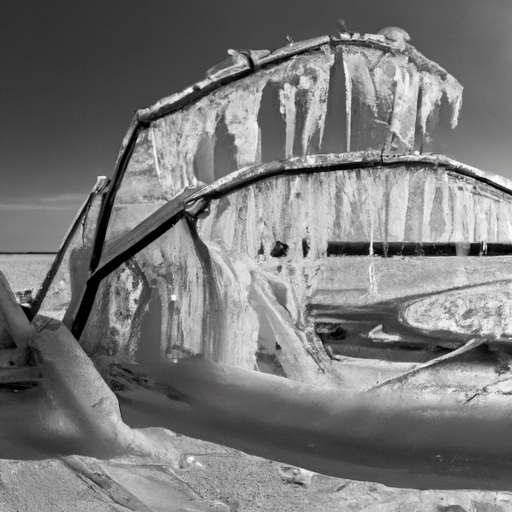 In the wake of a massive wave of arctic air that swept across the nation over the weekend, the country is slowly emerging from a deep freeze. With temperatures plummeting to 20-to-40 degrees below normal, howling winds and snow have closed roads and put half of all Americans under wind chill watches and warnings. Tragically, the extreme weather conditions have resulted in several deaths, including a backcountry skier killed in Wyoming due to dangerous snowpack. As forecasters urge caution and advise against traveling through or underneath avalanche terrain, southern Wyoming can expect a slight reprieve from the cold as temperatures begin to warm up. However, snowfall remains a possibility in the coming days.
In the wake of a massive wave of arctic air that swept across the nation over the weekend, the country is slowly emerging from a deep freeze. With temperatures plummeting to 20-to-40 degrees below normal, howling winds and snow have closed roads and put half of all Americans under wind chill watches and warnings. Tragically, the extreme weather conditions have resulted in several deaths, including a backcountry skier killed in Wyoming due to dangerous snowpack. As forecasters urge caution and advise against traveling through or underneath avalanche terrain, southern Wyoming can expect a slight reprieve from the cold as temperatures begin to warm up. However, snowfall remains a possibility in the coming days.
January 16, 2024 – The recent wave of arctic air that swept across the nation has caused quite a stir among weather enthusiasts and researchers alike. As a serious bigfoot researcher, I couldn’t help but wonder how these extreme weather conditions might impact the elusive creature’s behavior. With temperatures plummeting to 20-to-40 degrees below normal and howling winds creating treacherous conditions, it’s possible that bigfoot may seek shelter or alter its usual patterns of movement.
According to the report, the harsh weather has already claimed lives in various parts of the country. In Oregon, four deaths were attributed to the extreme conditions, while in Utah, a snowmobiler tragically lost their life. These incidents serve as a reminder of the dangers that both humans and wildlife face during such severe weather events. As a bigfoot researcher, it is crucial for us to consider how these conditions might impact the creature’s habitat and behavior.
One particular incident caught my attention in Wyoming, where a backcountry skier was killed after triggering a massive avalanche. The executive director of the Bridger-Teton Avalanche Center, Frank Carus, emphasized the severity of the situation, stating, “This is not an avalanche problem you can cheat. This is worse than Colorado.” This tragic event highlights the importance of understanding the changing snowpack and being cautious while venturing into avalanche-prone areas.
As temperatures gradually begin to rise in southern Wyoming, it will be interesting to observe if bigfoot sightings or encounters increase. The warming trend, coupled with an increased chance of snowfall later in the week, may create ideal conditions for potential interactions with this mysterious creature. However, it is crucial for researchers and enthusiasts to exercise caution and prioritize safety when exploring the wilderness.
In conclusion, the recent arctic blast has not only affected human lives but also potentially influenced the behavior of bigfoot. As serious researchers, it is essential for us to remain vigilant and adapt our strategies accordingly. By closely monitoring the changing weather patterns and their impact on the environment, we may uncover valuable insights into the elusive nature of bigfoot.
Information for this post was sourced from :%post_url%
